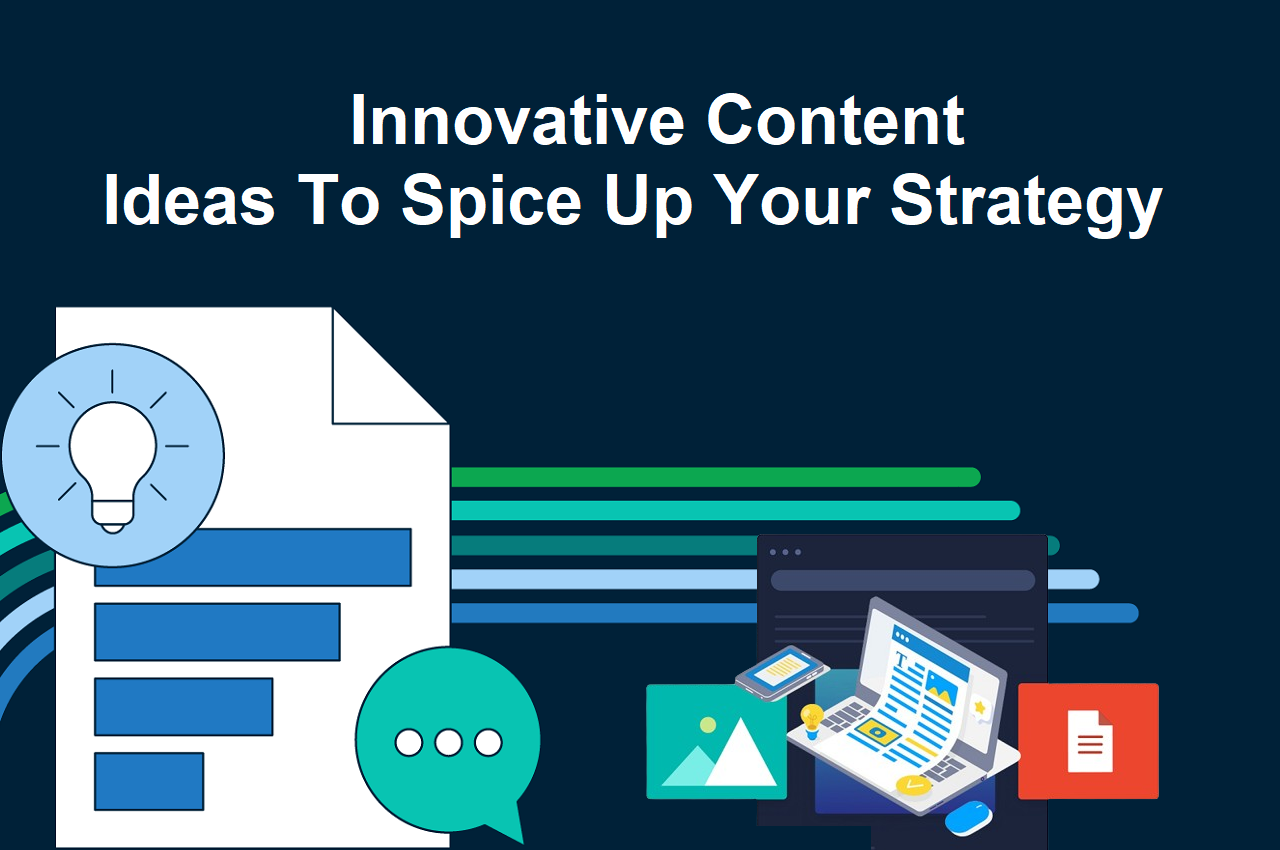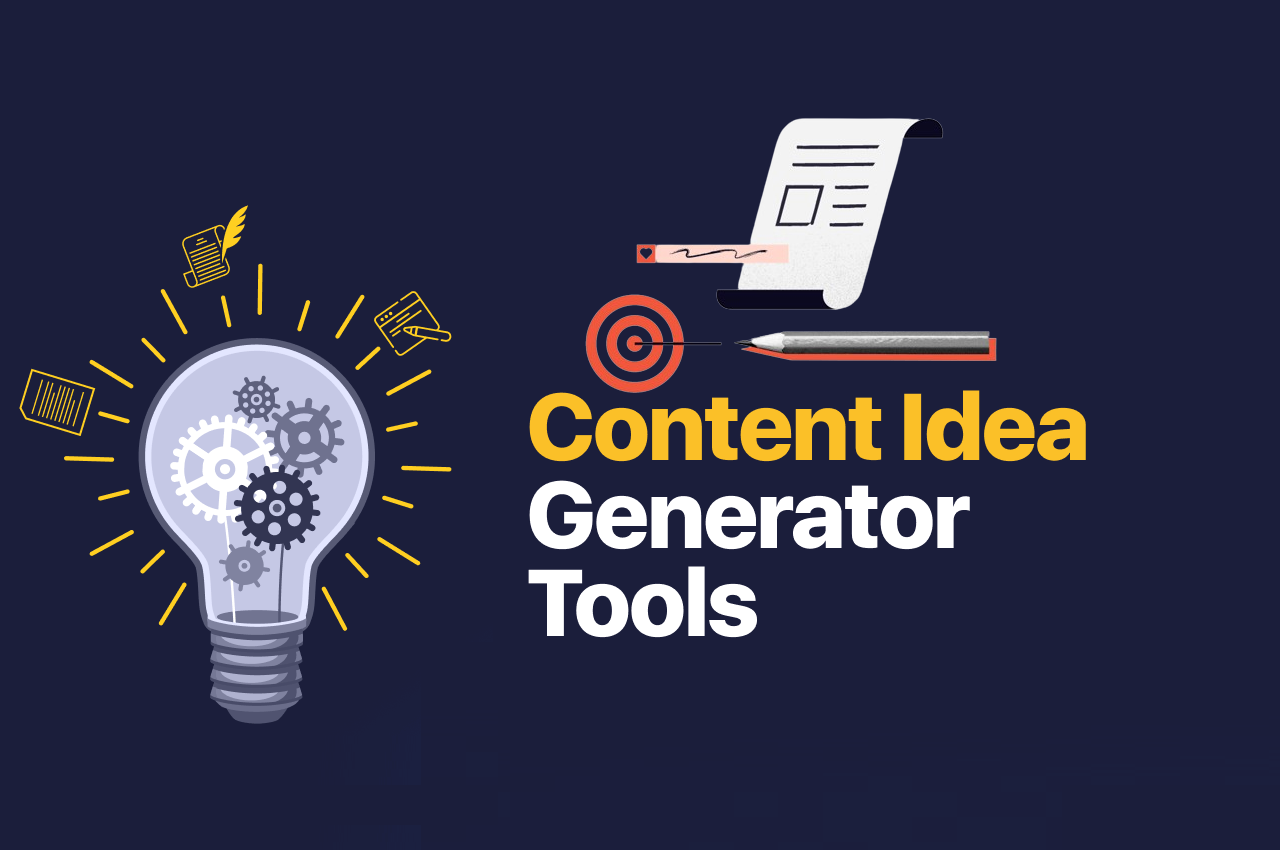What Is Blog & Why You Need One ?
A blog is an online platform where individuals or businesses publish regular, informal, and often interactive content on specific topics. Blogs serve as a dynamic tool for sharing insights, expertise, and updates. They provide a space for storytelling, engaging audiences, and establishing a distinct online presence. A well-maintained blog can boost SEO, attracting organic traffic and increasing website visibility. It fosters community engagement, enhances credibility, and serves as a valuable resource for customers. Whether for personal expression or business growth, a blog offers a versatile and effective means to connect with audiences, share information, and contribute to online conversations.
Blogs have become an integral part of the digital landscape, serving various purposes for individuals, businesses, and organizations. In this comprehensive guide, we will explore the concept of blogs, their evolution, and the compelling reasons why having a blog is essential in today’s digital age.
I. Introduction To Blogs
A. Definition and Overview
A blog, short for “weblog,” is an online platform where individuals or organizations can publish content in a chronological format. Blogs typically feature a series of articles, known as blog posts, displayed in reverse chronological order. These posts can cover a wide range of topics, including personal experiences, professional insights, news, and more.
B. Evolution and Importance of Blogs
Blogs have evolved significantly since their inception in the late 1990s. Initially, they served as online diaries or platforms for personal expression. Over time, businesses recognized the potential of blogs as powerful marketing tools. Today, blogs are dynamic entities that contribute to brand building, content marketing, and audience engagement.
II. Key Components of a Blog
A. Blog Posts
- Content Variety: Blog posts can take various forms, including articles, how-to guides, listicles, interviews, reviews, and more. The flexibility in content formats allows bloggers to cater to diverse audience preferences.
- Multimedia Integration: Effective blogs often incorporate multimedia elements such as images, infographics, videos, and audio clips. Multimedia enhances the overall appeal and engagement of the content.
B. Blog Design and Layout
- User-Friendly Interface: A well-designed blog ensures a positive user experience. Easy navigation, clear categories, and intuitive layouts contribute to user satisfaction.
- Mobile Responsiveness: Given the prevalence of mobile devices, blogs must be optimized for responsiveness. Responsive design ensures that the blog displays seamlessly across various screen sizes.
C. Comment Sections
- Community Engagement: Comment sections allow readers to engage with the content and provide feedback. Building a community around the blog fosters a sense of belonging and loyalty.
- Moderation and Interaction: Moderating comments ensures a respectful and constructive environment. Bloggers can actively participate in discussions, responding to comments and building relationships with their audience.
D. Categories and Tags
- Organized Content: Categorizing blog posts helps organize content into relevant topics or themes. Tags provide additional metadata, making it easier for readers to find related posts.
- SEO Benefits: Proper categorization and tagging contribute to search engine optimization (SEO). Search engines recognize organized content structures, improving the blog’s visibility.
III. Reasons Why You Need a Blog
A. Personal Blogging
- Self-Expression: Personal blogs serve as a platform for self-expression. Bloggers share their thoughts, experiences, and creative works, connecting with like-minded individuals.
- Skill Development: Blogging enhances various skills, including writing, graphic design, and digital marketing. Bloggers often acquire a diverse skill set through the consistent creation and management of their blogs.
B. Business Blogging
- Content Marketing Strategy: Blogs play a pivotal role in content marketing strategies for businesses. Regularly publishing high-quality, relevant content establishes authority and attracts a target audience.
- Brand Building: Blogs contribute to brand building by conveying the brand’s personality, values, and expertise. Consistent blogging helps shape a positive brand image in the minds of consumers.
C. Educational Institutions and Nonprofits
- Information Dissemination: Educational institutions and nonprofits use blogs to disseminate information, share research findings, and promote educational initiatives. Blogs serve as valuable resources for students, faculty, and the wider community.
- Community Engagement: Blogs provide a platform for educational institutions and nonprofits to engage with their community. Events, achievements, and impactful stories can be shared to foster a sense of community and support.
D. Creative and Professional Portfolios
- Showcasing Work: Blogs serve as portfolios for creatives and professionals, allowing them to showcase their work, projects, and achievements. This online presence can be instrumental in career development.
- Networking Opportunities: A blog acts as a digital resume, showcasing skills and expertise. This can attract professional opportunities and facilitate networking with peers and industry professionals.
IV. Creating and Managing a Blog
A. Choosing a Blogging Platform
- WordPress: WordPress is a popular and versatile blogging platform, offering a wide range of themes, plugins, and customization options. It is suitable for beginners and experienced bloggers alike.
- Blogger: Blogger, owned by Google, is a straightforward platform for beginners. It requires minimal setup and is integrated with Google services.
- Medium: Medium is a content-centric platform that focuses on writing and storytelling. It offers a clean and minimalist interface, making it easy for users to focus on creating compelling content.
B. Planning Content
- Content Calendar: A content calendar helps bloggers plan and organize their content schedule. It ensures consistency and allows for strategic alignment with events, trends, or marketing campaigns.
- Keyword Research: Conducting keyword research is crucial for SEO. Identify relevant keywords and incorporate them naturally into blog content to improve search engine visibility.
C. Consistency and Frequency
- Regular Posting Schedule: Consistency is key in blogging. Establish a regular posting schedule that suits your content creation capacity and keeps your audience engaged.
- Quality Over Quantity: While consistency is important, prioritize quality over quantity. High-quality, valuable content attracts and retains readers more effectively than a high frequency of mediocre content.
D. Promotion and Marketing
- Social Media Integration: Share blog posts on social media platforms to reach a broader audience. Utilize platforms like Facebook, Twitter, Instagram, and LinkedIn to promote content.
- Email Marketing: Build an email subscriber list to notify followers of new blog posts. Email marketing campaigns can drive traffic and nurture a loyal readership.
E. Analytics and Performance Monitoring
- Google Analytics: Integrate Google Analytics to track website traffic, user behavior, and audience demographics. Analyzing this data provides insights into content performance.
- Performance Optimization: Regularly monitor and optimize blog performance. This includes website speed, mobile responsiveness, and user experience to ensure a positive reader journey.
V. Overcoming Challenges in Blogging
A. Writer’s Block
- Topic Diversification: Explore diverse topics to prevent writer’s block. Experiment with different content formats, interview experts, or seek inspiration from everyday experiences.
- Content Planning Tools: Utilize content planning tools and apps to organize ideas. Mind maps, content calendars, and note-taking apps can help structure thoughts and plan ahead.
B. Low Engagement and Traffic
- SEO Optimization: Optimize blog posts for search engines to improve visibility. Implement SEO best practices, use relevant keywords, and create valuable content that resonates with the target audience.
- Community Building: Actively engage with your audience through comments, social media, and other channels. Building a sense of community fosters loyalty and encourages readers to return.
C. Time Management
- Batch Content Creation: Batch content creation involves creating multiple pieces of content in one sitting. This approach can improve efficiency and streamline the content creation process.
- Set Realistic Goals: Establish realistic goals and timelines. Understand your capacity and prioritize tasks to avoid burnout and maintain a sustainable blogging routine.
VI. Future Trends in Blogging
A. Video Blogging (Vlogging)
- Rise of Video Content: Video blogging, or vlogging, is gaining prominence. Bloggers incorporate video content into their blogs, providing a more dynamic and engaging experience for audiences.
- Live Streaming: Live streaming on platforms like YouTube and Twitch allows bloggers to interact with their audience in real time. This trend emphasizes authentic and spontaneous content.
B. Podcasting
- Audio Content Resurgence: Podcasts have witnessed a resurgence, offering a convenient and immersive way for audiences to consume content. Bloggers may explore podcasting as an additional content format.
- Podcast Integration: Bloggers can integrate podcasts into their blogs, providing listeners with easy access to audio content while maintaining a cohesive brand presence.
C. Augmented Reality (AR) and Virtual Reality (VR)
- Immersive Experiences: As AR and VR technologies advance, bloggers may explore creating immersive experiences. This could include virtual tours, interactive content, and augmented reality-enhanced posts.
- AR in E-Commerce Blogs: E-commerce bloggers might leverage AR to enhance product showcases. Readers could virtually try on products or visualize how items fit into their daily lives.
D. Artificial Intelligence (AI) Integration
- AI-Generated Content: AI tools may play a role in content creation, assisting bloggers in generating ideas, optimizing content for SEO, and even creating written or visual elements.
- Personalized User Experiences: AI algorithms can personalize the user experience on blogs. Tailored content recommendations and dynamically adjusted layouts based on user preferences may become more prevalent.
VII. Conclusion
In conclusion, a blog is a versatile and powerful tool that serves diverse purposes, from personal expression to professional branding and business marketing. Whether you’re an individual looking to share your passions, a business aiming to connect with your audience, or an educational institution disseminating information, a blog provides an effective platform for communication.
Creating and managing a successful blog requires careful planning, consistent effort, and adaptation to evolving trends. As technology advances, incorporating video content, podcasts, AR, VR, and AI can keep your blog at the forefront of innovation.
Ultimately, a well-crafted blog not only provides valuable information but also fosters a community and builds lasting connections with your audience. Embrace the journey of blogging, stay attuned to emerging trends, and let your blog be a dynamic reflection of your ideas, expertise, and creativity in the digital landscape.


